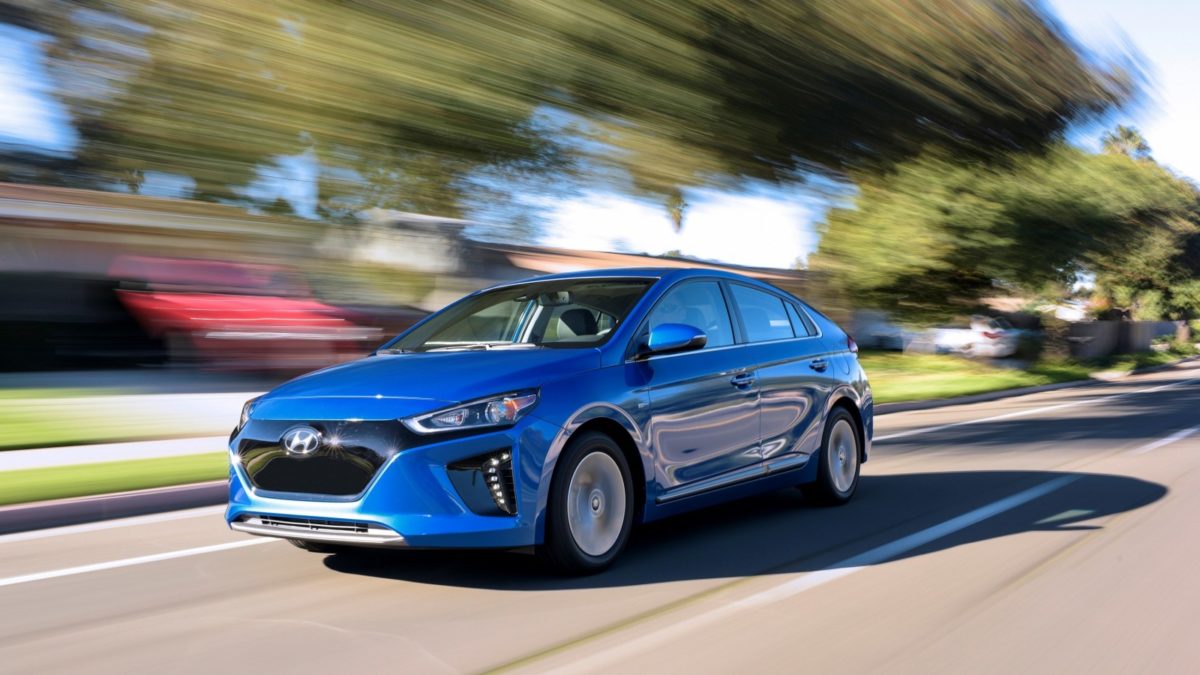Things to know for electric vehicle newcomers

DEC. 2020 UPDATE
The BC government has launched an updated rebate program for installation of an EV charging station from $350 to $700. Workplaces, and residents of condos, that buy and install EV stations also have updated rebates from $2,000 to $4,000 per charger.
Original Post
You’ve heard the stories of the many benefits of electric vehicle ownership, and are maybe thinking of taking the plunge. But EVs (or plug-in hybrids running on electric power) have quirks unique to the platform that are pertinent to be aware of before getting in the driver’s seat.

Acceleration
Unlike an internal combustion engine (ICE) designed to build power as the revs climb higher, an EV has the ability to generate most of its torque immediately as soon as the accelerator is pressed. In other words, applicable cars tend to feel much faster than their horsepower numbers may indicate. Although it’s tempting to jet off at every stoplight, your battery life will suffer as a result. More on this later.
Braking
No energy goes wasted in an EV, including the kinetic type generated each time the brake pedal is activated, which is recirculated back into the system. Some models such as the BMW i3 automatically initiate light braking following the release of the throttle, also known as one-pedal driving. The first few times are likely to feel quite jarring and take some getting used to.

Noise
Without explosions taking place inside pistons as on a traditional ICE, EVs tend to be very quiet during operation. From the outside, the only sounds heard may be the tire rolling on pavement and audio from the stereo speakers. Drivers need to practice extra caution around pedestrians who many not be able to hear you approaching.

Range
While an ICE vehicle has an onboard alternator providing juice for things like the radio and climate control when running, all electronic functions drain the battery and thus lower the maximum range of travel. This is not to say all comfort features should always be off, but to merely be mindful of the fact. Driving style drastically affects range as well, so it’s advisable to establish efficient habits like those suggested here.
Charging
There are three tiers of charging currently available. Level 1 is the standard household outlet, supplying 110 volts. The slowest option, using the i3 as an example a full charge would take approximately 12 to 15 hours. Level 2 is rated at 240 volts, similar to a clothes dryer plug and installable at home, cutting the time roughly in half. The quickest method by far is via commercial DC Fast Charger station — the first one opened in Vancouver last year — that can help most EVs achieve 80 per cent energy capacity in a mere 30 minutes.

